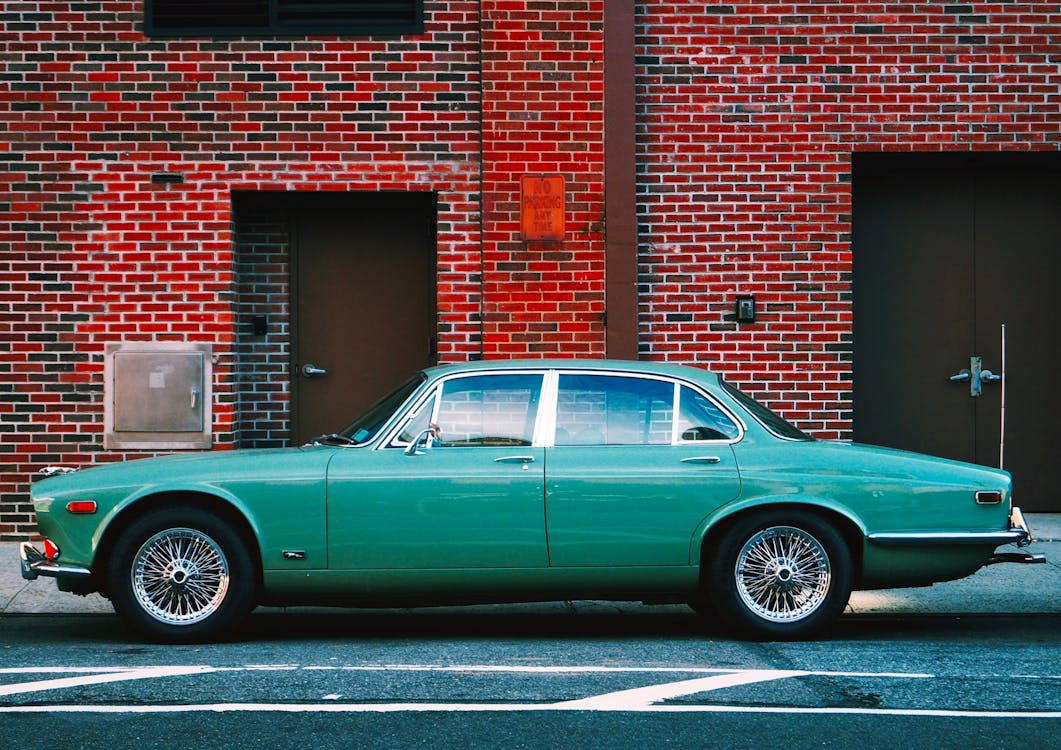The world of car salvage has expanded beyond simply recycling metal and parts for traditional repairs. With the rising interest in sustainability and upcycling, salvaged car parts are being creatively repurposed, finding new life in home design, art, and even architecture. The modern junkyard now serves as a source of inspiration and raw materials for individuals and businesses alike, who are transforming once-discarded components into imaginative projects. This blog will explore some of the most intriguing and innovative uses of salvaged car parts and offer insights into the benefits of car recycling for individuals, communities, and the environment.
Why Salvage Car Parts?
Salvaged car parts represent an invaluable source of materials that can be reused, reducing the demand for new resources and energy-intensive manufacturing. The auto recycling industry is crucial in cutting down the volume of waste ending up in landfills. According to the Automotive Recyclers Association, over 95% of retired vehicles are dismantled, and around 86% of their materials are reused or recycled. By reusing car parts, society not only conserves raw materials but also reduces the harmful effects of resource extraction on the environment. As we seek more sustainable practices, salvaged car parts provide an eco-friendly alternative for creative projects while reducing landfill contributions and supporting environmental goals.
Popular Projects Using Salvaged Car Parts
Salvaged car parts are being used in a variety of creative projects, from functional furniture to impressive art installations. Some of the most popular upcycling projects include:
- Furniture: Many salvaged car parts, such as seats, bumpers, and tires, are being repurposed into furniture pieces with unique character. Car seats can be transformed into comfortable chairs, while bumpers and exhaust pipes have been creatively used to create coffee tables and desks. Tires have found new uses as ottomans or planters, bringing a rustic and industrial look to home decor.
- Home Décor: Old car parts, especially smaller items like gauges, emblems, and hubcaps, make fascinating decorative accents. They can be used as wall art or incorporated into sculptures that add a sense of nostalgia and innovation to any space. In some cases, car lights have been repurposed as unique lighting fixtures, providing an industrial and modern touch to interior designs.
- Garden Art and Structures: Salvaged car parts can be valuable additions to outdoor spaces, serving as planters, sculptures, or even small garden structures. Car tires are often used as planters, offering a creative way to garden sustainably. Engine blocks and other durable parts are also repurposed as bases for benches, tables, and garden sculptures, adding an industrial touch to outdoor environments.
- Art Installations and Sculptures: Artists are increasingly turning to salvaged car parts to create visually impactful sculptures and installations. The metalwork from vehicles provides a strong and versatile medium, allowing artists to build large-scale works or intricate designs. These projects often pay homage to the history of the automobile while addressing sustainability by making use of discarded materials.
- Architectural Elements: In architecture, salvaged car parts have found unique uses in constructing alternative and sustainable structures. Some eco-friendly buildings have incorporated car parts into their designs, such as using recycled glass from windshields for windows or reshaping metal body panels into roofing materials. This approach not only conserves resources but also adds character and individuality to structures.
Salvaged Parts for Custom Car Builds
Another area where salvaged parts are making an impact is in the world of custom car builds and restoration. Many enthusiasts seek out used car parts from junkyards to repair or enhance their vehicles. By reusing original parts, builders preserve the authenticity of classic and vintage models while reducing the need for newly manufactured components. In many cases, salvaged parts can be modified to meet specific needs, offering a cost-effective solution without compromising on quality. This approach helps car enthusiasts and collectors maintain their vehicles in an eco-friendly manner, blending traditional craftsmanship with sustainable practices.
Environmental Benefits of Upcycling Car Parts
Repurposing salvaged car parts is a sustainable practice that positively impacts the environment. For every car part that is reused, fewer new materials are required, which reduces the environmental footprint associated with manufacturing. Upcycling these parts conserves energy and reduces emissions by decreasing the demand for new metal and plastic production. Additionally, fewer discarded car parts end up in landfills, where they might otherwise take decades to decompose. With the global emphasis on environmental responsibility, upcycling offers a viable solution to help minimize waste and encourage a circular economy.
Cash for Cars Potts Point and the Junkyard Industry
For those looking to participate in the cycle of automotive recycling, services like Cash For Car Nearby in Potts Point offer a practical way to dispose of old vehicles responsibly. The cash for cars Potts Point service, specifically, benefits both car sellers and recycling facilities, as it supplies junkyards with a steady influx of vehicles that can be dismantled for parts, which are then used in creative projects or resold. By providing cash for cars, companies in this industry encourage car owners to recycle rather than abandon or neglect unused vehicles. These businesses collect old cars, salvage usable parts, and safely dispose of materials that cannot be repurposed, supporting the environment and offering a convenient solution for car owners.
Company address: 17a Lisbon St Fairfield East Nsw 2165
How to Get Started with Salvaging Parts
If you are interested in creating your own project using salvaged car parts, local junkyards are an excellent place to start. Many scrap yards and salvage facilities allow you to purchase parts directly from them, providing a sustainable source of materials for creative projects. It is helpful to have a specific project in mind before visiting, as knowing which parts you are looking for can simplify your search. Additionally, some online marketplaces specialize in automotive salvage, allowing buyers to find specific parts without visiting a junkyard in person.
As the trend of upcycling continues to grow, more resources are becoming available for individuals interested in repurposing car parts. Numerous online tutorials and communities now offer guidance on how to safely and effectively work with salvaged materials. Whether creating furniture, art, or even restoring a classic car, salvaging parts from vehicles offers a practical and sustainable way to repurpose materials and contribute to a more eco-friendly world.
Conclusion
The potential of salvaged car parts goes far beyond traditional repair and recycling. Today, these parts are finding new lives in homes, gardens, art, and even custom car builds, showcasing the creative possibilities of sustainable practices. Salvaging parts from old vehicles not only reduces waste and supports environmental efforts but also allows individuals to express creativity in unique ways. With the growing awareness of environmental impacts, using salvaged car parts is a powerful way to make a difference while embracing innovation and sustainability. As more people explore the possibilities of repurposing, the junkyard industry and services like cash for cars continue to play a vital role in fostering a greener, more resourceful future.
Find more insightful blogs here.





